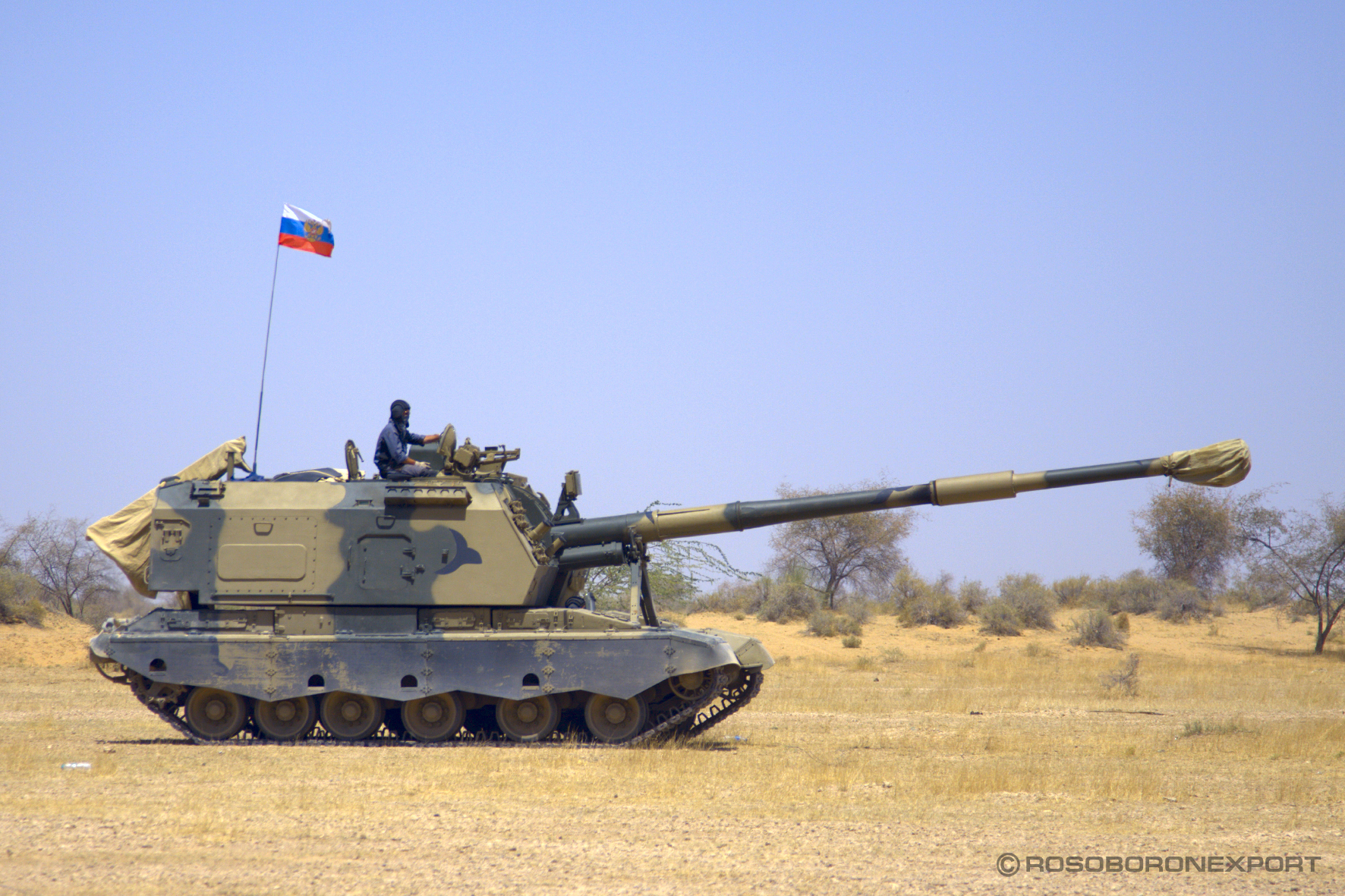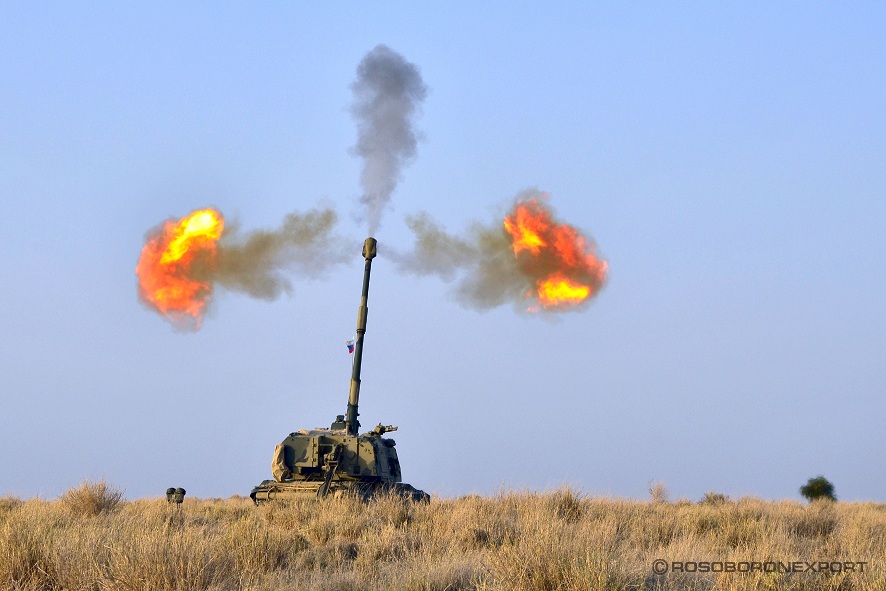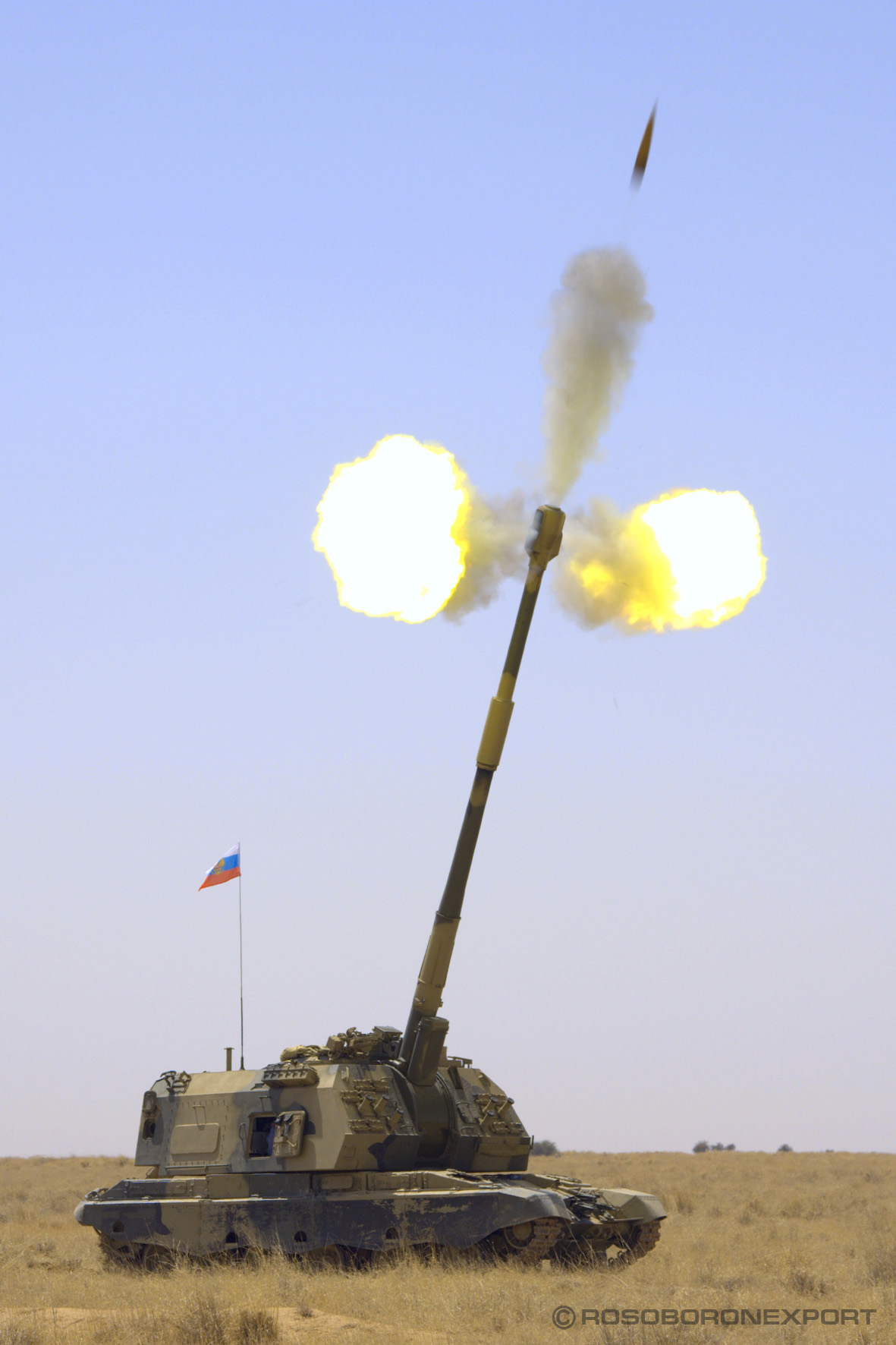India is also working with Russians in the development of 5th generation Stealth fighter jet based on T-50 design and also negotiating with France for the purchase of expensive Rafale fighter jets . India also has plans to procure one more 4++ Generation fighter jet platform and also is keen to develop indigenous multirole 5th generation fighter jets AMCA.
Now the question remains, does India have enough money to go for the full-fledged upgrade to a develop ultimate Super Flanker or will it be forced to compromise and go for lighter but decent upgrade package . Both options will be discussed below .
Five key upgrades requirements which India’s Su-30s will need to remain formidable and deadly combat jets are 1) Engines 2) Radar 3) Pilot interface 4) IRST 5) Airframe & Structural changes and modifications .
Below arguments will be made for full-fledged and lite upgrade packages which India can adopt for Sukhoi-30MKI fighter jets .
Engines
Indian Sukhois are powered by AL-31FP engines which generate 123kN of thrust and is locally manufactured in India by HAL . Reliability and serviceability of AL-31FP lately have been in the news and in last 15 years of operational history with Indian air force AL-31FP engines have suffered numerous mid-air engine flame outs resulting in many single engine landings . Russia is currently working on a host of improvements for AL-31FP engines based on India’s feedback and is also making changes to its FADEC and thrust vectoring nozzles to improve their serviceability. Technical changes made on the engine will be later incorporated in all engines in phases in India and to save money, improved AL-31FP engines might continue to power Super Sukhoi’s .
Better but expensive option could be to procure and upgrade to AL-41FIS engines which are also known as 117s currently been used to power Sukhoi-Su35 and can generate 142kN of thrust and comes with improved FADEC and higher thrust and reportedly also as better reliability when compared to previous AL-31s engines .
Radar
Sukhoi-30MKI incorporates powerful N-011M BARS Phased Array Radar which was once classified as Best Export Radar on any Flankers sold by Russia. But emerging threats from Stealth aircraft means Sukhoi’s will need new improved Radars with better detection and engaging requirements and India may discuss upgrading this radars to make them par with the performance of N-035 IRBIS-E PESA Radars used on Sukhoi-35s which has double target detection and engagement capability at fraction of the cost .
Expensive option could be to go for new and modern Active Electronically Steered Array (AESA) radars which will have the improved capacity to track low observable fighter jets at significant range and mostly like Russian options which India can consider for Super Flanker are N036 Byelka active electronically scanned array radar system developed for fifth-generation Sukhoi T-50 fighter aircraft or Phazotron Zhuk AE/ASE AESA first developed for the MiG-35s.
Pilot interface
Russians are still not at par when it comes to providing cutting edge Machine Pilot interface when compared to western fighter jets . One look into Sukhoi-30s cockpit it becomes apparently clear that it is still rudimentary similar to older Su-27s Cockpit even though it has seen the introduction of modern days TFTs and avionics . Machine Pilot interface is one of the areas which has great scope for improvements and active feedback from pilots can be used as a foundation to improve them further for the less hectic work environment .
An expensive option could be to make full-scale up gradation and go for complete new cockpit layout with major changes to onboard Avionics and Pilot interface bringing it par with Western fighter jets .
IRST
Infra-red search and track (IRST) system found on Sukhoi-30MKI should be another equipment which can be upgraded , the expensive upgrade could be to replace current IRST of Su-30s and integration of newer and efficient next generation IRST developed by Russians for newer fighter aircraft like Su-35 and Pak-fa .
Airframe & Structural changes and modifications
The large air frame of Sukhoi 30 easily gives away its position much earlier than other 4++ Generation western fighter aircraft and when up against a Stealth aircraft Sukhoi 30 will always provide the first shoot opportunity to its rival which can have dangerous consensus to its crew .
Radar Cross-section reduction and use of composites and new radar absolving materials in airframe can considerably reduce its RCS and force low-observable aircraft to engage Sukhoi’s at a much closer distance giving it a fighting changes to complete it .
Expensive upgrade changes and modifications could be deep Structural and air frame improvements and use of Radar absorbing materials and paint in various frontal positions . considerable Signature management of its high thrust engines which generates considerable amount of heat could be added bonus but this will require major changes in air frame for better heat displacement . to improve air frame life change of materials and use of newer lighter metals can also be considered but it could shoot up the cost but improve or double air frame life of this jets considerably allowing it to stay in service for much longer in future .
http://idrw.org/what-will-india-take-to-built-super-30s/#more-102351











